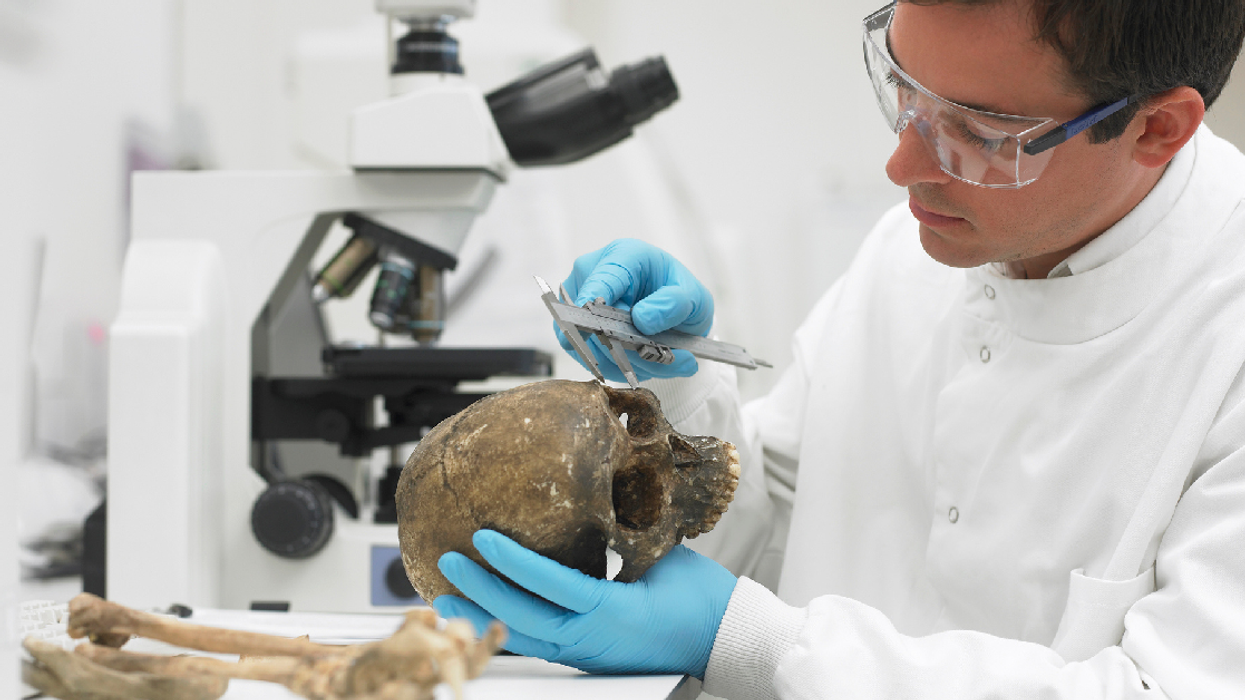The fossilized remains of what might be a previously unknown species of human were found in a cave on the island of Luzon, Philippines. The species has been named Homo luzonensis, in honor of where the fossils were found.
The genus Homo, to which we Homo sapiens belong, contains several other species, including Neanderthals (Homo neanderthalensis) and their contemporaries, Homo erectus.
Homo naledi, which had a mixture of both primitive and modern attributes, was the most recently added member of the genus before now; it was discovered in a cave in Africa in 2013.
Like H. naledi, Homo luzonensis possesses both modern and primitive human characteristics. Paleoanthropologist Rick Potts, director of the Smithsonian Museum's Human Origins Program, commented on the find, and its impact on our ideas about human evolution.
"The evolution of our evolutionary group, Homo, is getting weirder and weirder."
The bones in question were dug up from an enormous cave in Luzon, called Callao Cave, in 2007. They were then examined by archaeologists Armand Mijares and Philip Piper.
Piper, who is a zooarchaeologist with Australia National University, was tasked with cataloguing the remains, which were thought to all be animal bones at the time.
He recalled finding a distinctly non-animal foot bone:
"On the second day I was working through them, I pulled out a human metatarsal."
He immediately called his colleague Mijares and exclaimed:
"'Oh my God, we've got human bones in here!'"
Piper and Mijares' research team published a paper about the find in 2010. After dating the fossil by measuring the amount of radioactive uranium in it, they determined that it was the oldest human bone found in the Philippines.
Piper talked about the reason that paper didn't discuss who the bone had come from:
"We didn't know what it was at that time, except that it was human."
After returning to the cave in 2011 and 2015, Mijares discovered more human remains in Callao Cave. He found several teeth, a femur, finger and foot bones. They were determined to be from 3 different individuals, but all attempts to pull DNA from the bones were unsuccessful.
Mijares, Piper, and their team published their new findings in the journal Nature on April 10th.
Hominins are part of the larger group of primates called hominids. Hominids include orangutans, gorillas, chimpanzees and human beings. All hominins are hominids, but very few hominids are hominins.
Humans being the only species of hominin on the earth is a relatively recent development, when you consider how old our planet is. Paleoanthropologist Florent Détriot, a member of the team who discovered H. luzonensis, noted:
"We continue to realize that few thousands of years back in time, H. sapiens was definitely not alone on Earth."
According to Nature, the age of the bones suggest that H. luzonensis was alive at a time when there were several other species of hominin, including Neanderthals, H. floresiensis, and H. sapiens.
People are understandably fascinated by this new discovery, and both the scientific community and laypeople took to Twitter to share the news.
Every discovery of ancient hominin species brings us one step closer to understanding where modern humans came from.








 @mikejstarks/Bluesky
@mikejstarks/Bluesky @kidringo/Bluesky
@kidringo/Bluesky @westieworld/Bluesky
@westieworld/Bluesky





 @mztee8107/YouTube
@mztee8107/YouTube @KarenPost-n7/YouTube
@KarenPost-n7/YouTube @h17636/YouTube
@h17636/YouTube



 @drandrealove/Bluesky
@drandrealove/Bluesky @thebulwark/Bluesky
@thebulwark/Bluesky